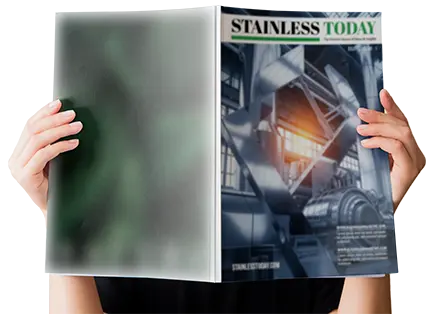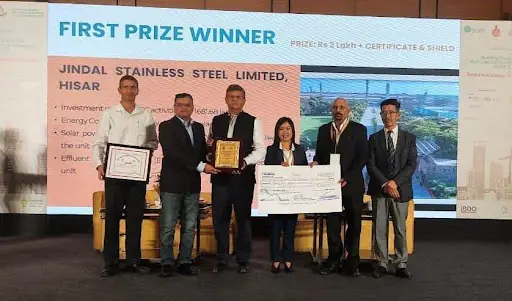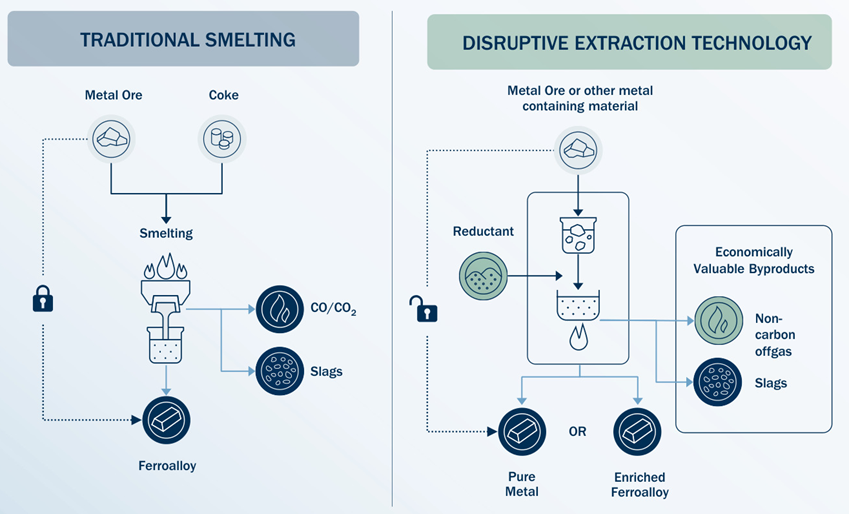Corrosion resistance is one of the key factors in the O&G industry

Harsh Dave, Senior Engineer (Mechanical Static), Kent Plc, discusses innovative and cost-effective solutions using stainless steel in the O&G industry.
Tell us about yourself and your role at Kent PLC.
I have done my mechanical engineering from NIT Surat in the year 2011. I have been in the oil and gas industry throughout my career. But the roles and responsibilities were varying from fabrication to engineering, procurement and construction (EPC). With Kent, I am the engineering consultant. I am currently looking for the Front End Engineering Project (FEED).
It is a phase of a project where we test the feasibility before the actual construction and the procurement of the items take place. Once the estimation is with the client and then they come to know that this project is feasible to move forward. But before that, we provide the FEED report. We look at the static equipment, which include non-fired equipment like heat exchanger, reactors, columns, pressure vessels, storage tanks. Based on the client specification, we provide the preliminary design.
We float it to the vendors and then vendors provide us their offer. We have a round of technical queries. We prepare the technical bid evaluation and then we provide all the information to the client.
What role does stainless steel plays in design and construction of energy assets?
Stainless steel is a very crucial material in terms of the properties it has like corrosion resistance, strength, ductility and durability. Corrosion resistance is one of the key factors in the oil and gas industry, mainly because of the crude oil.
The crude is taken out from the sea or the land, and it goes to the refinery. Crude has many severe solutions in it.
The substance of acidic in nature, it contains sulphur and chlorine. These all are the factors that actually leads to the corrosion of the material in which they are in contact.
Stainless steel has high content of chromium. At the normal temperature, when the stainless steel material is formed, the chromium forms a chromium oxide layer on the top of the stainless steel material. This prohibits sulphur, chlorine and other acidic components to attack the ferrous element. This is the basic function of the stainless steel. Because of its corrosion resistance nature, the longevity of the equipment or the piping increases.
Are there any specific grades of stainless steel that are most commonly used?
I will be covering in our discussion mostly austenitic stainless steel, which are the grades of SS 304, 316, 321 and 347. But there is other stainless steel as well available in the market based on the factors and the requirements of that particular process. For example, martensitic and ferritic. They have their particular use based on the temperature and the corrosion resistant requirement.
The grade 304 is very commonly used not only in the oil and gas industry but in our kitchen wares as well. Generally, in our jargon, we use it as 18-8, which means there is 18 per cent chromium and 8 per cent nickel.
Tell us about the advancements in stainless steel especially vis-a-vis technology?
By using stainless steel as a material, the equipment becomes a bit costlier. Clients are always asking for cost efficiency. So, one of the key parameters what we have looked at is that the equipment is made of carbon steel but it has the inner layer of stainless steel. We call it as bonded plates.
Bonded plates are of two types – explosion bonded and roll bonded. Our clients from the Middle East tell us instead of stainless steel, you go for the bonded plates. Because with that, actually, they are getting the strength of the carbon steel but they are getting the corrosion resistant of the stainless steel. And they end up paying less for solid stainless steel. This is a new technological advancement that has recently happened.
In welding, there have been cases of weld overlay, where the space is quite less. I mean, if you consider like 30 mm ID of a pipe where we cannot even insert our hand. At that part, how they are doing the weld overlay. That’s when they use flux cored arc welding (FCAW), which is done with a long nozzle. With that, they are doing the weld overlay to provide corrosion resistant to the smallest part and extend the span life of the equipment.










